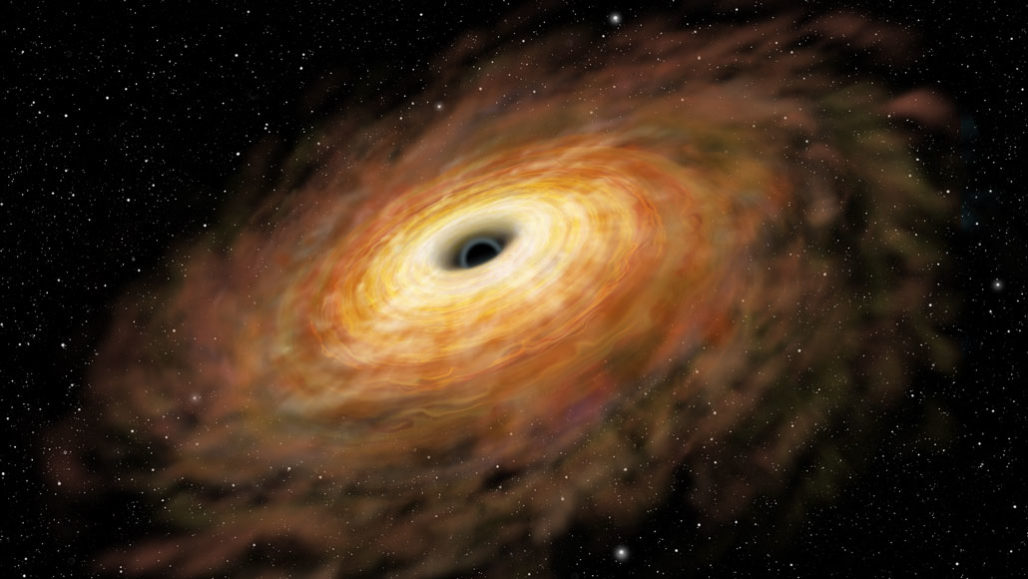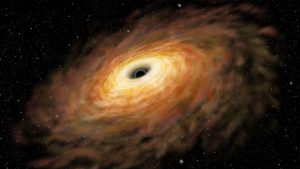- 13 September 2023
- 91
Starlight Extinction: Explosive Fate of a Black Hole’s Meal

Journey to the Cosmic Frontier
Welcome to the mesmerizing world of space exploration, where we unveil a groundbreaking discovery that has left astronomers and stargazers in awe. In this article, brought to you by NASA, we delve into the fascinating revelation of a black hole’s explosive encounter with a celestial meal, offering new insights into the mysterious depths of our universe.
The Cosmic Dinner Bell
In the vast expanse of space, black holes are enigmatic giants, lurking like cosmic vacuum cleaners, consuming everything that comes within their gravitational grasp. But what happens when a black hole devours a star? The answer, as astronomers have recently found, is an extraordinary cosmic spectacle.

The Explosive Fate of a Black Hole’s Meal
Before we journey into the details, let’s establish a fundamental understanding of this cosmic phenomenon:
The Stellar Feast
When a star strays too close to a black hole, it falls victim to the powerful tidal forces. As the star is stretched and distorted, it undergoes a process known as “tidal disruption.” The black hole proceeds to devour the star’s matter, creating a swirling, luminous accretion disk—a celestial feast.
The Explosive Event
As the black hole continues to feed on the star’s matter, it triggers a cataclysmic event known as a “tidal disruption event” (TDE). This explosive event releases an immense amount of energy, emitting intense X-rays and light that can be observed by astronomers here on Earth.
NASA’s Chandra X-ray Observatory
To capture this spectacular cosmic event, NASA’s Chandra X-ray Observatory played a crucial role. By observing the X-rays emitted during a TDE, scientists gained unprecedented insights into the processes occurring around black holes.
What We’ve Learned
The recent discovery of a TDE sheds light on several cosmic mysteries:
- Feeding Behavior: TDEs provide crucial data about how black holes consume celestial objects.
- X-ray Emissions: By studying X-ray emissions from TDEs, astronomers can decipher the physical properties of the accretion disk.
- Energy Release: TDEs release an incredible amount of energy, further deepening our understanding of black hole dynamics.
Visual Summary: Key Insights
Here’s a visual summary of the key insights gained from this discovery:
| Insights | Details |
|---|---|
| Feeding Behavior | TDEs offer insights into how black holes consume celestial objects. |
| X-ray Emissions | Studying X-ray emissions helps decipher accretion disk properties. |
| Energy Release | TDEs release an incredible amount of energy, deepening our understanding of black hole dynamics. |
Conclusion: Illuminating the Cosmos
The discovery of a black hole’s explosive encounter with a celestial meal is a testament to the wonders of our universe. Through the lens of NASA’s Chandra X-ray Observatory, we have gained profound insights into the feeding behavior and energy release of black holes. This revelation propels us further into the cosmic frontier, where each discovery brings us closer to unraveling the mysteries of the cosmos. As we continue our journey of exploration, the universe continues to inspire, awe, and captivate our imagination.

